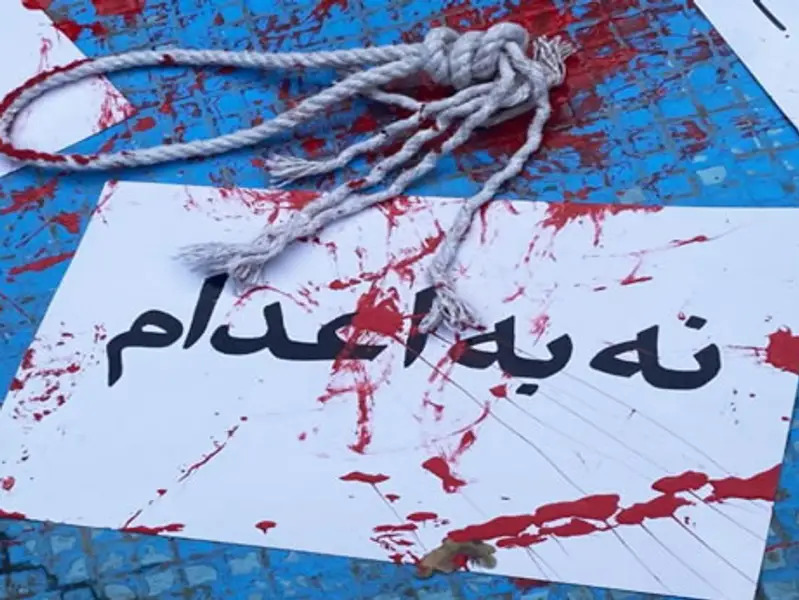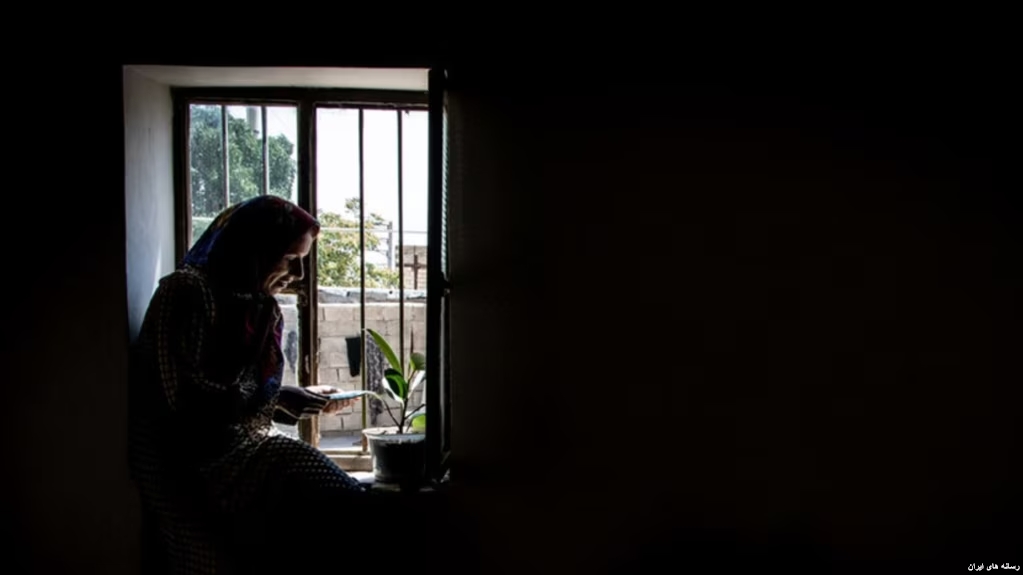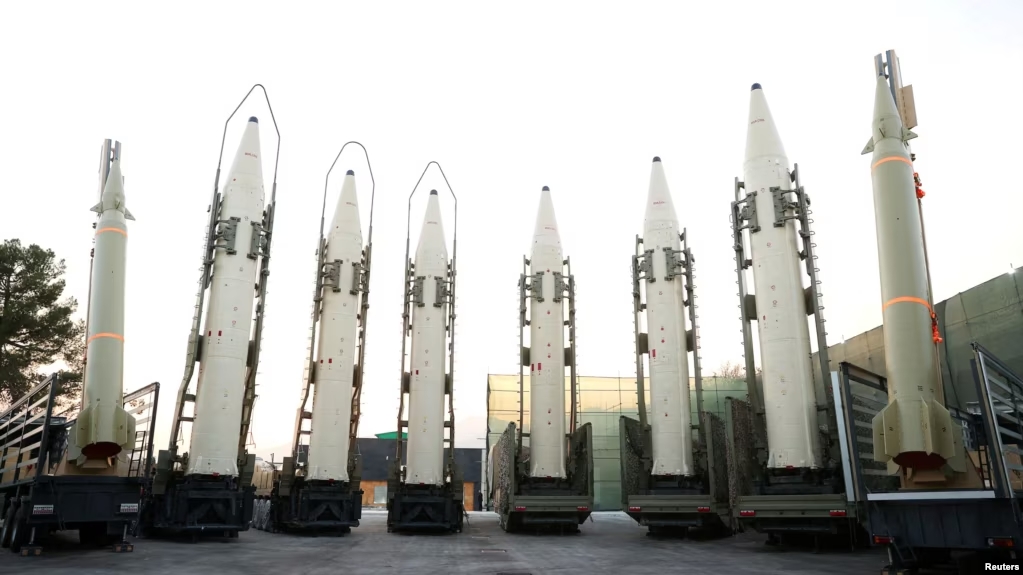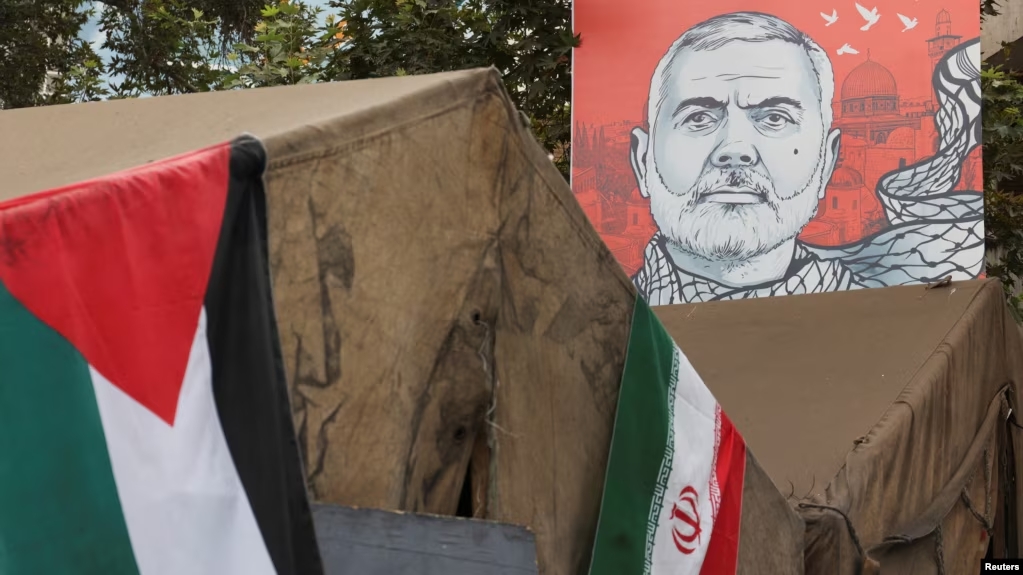
Zarif’s Resignation Echoes the Protest of the Voters
A Setar-e Sobh editorial penned by the Secretary-General of the Society of Former Parliamentarians Yadollah Eslami highlighted the recent developments in the formation of the Iranian government under President Masoud Pezeshkian. The editorial said that there was an initial belief that with the formation of committees involving a vast number of cadres with diverse ideological inclinations, and the establishment of a cabinet that generated much excitement and hope, a new approach would be taken in selecting the proposed ministers. The expectation was that the criteria for selection would be based on capability and expertise. However, this did not happen, as behind-the-scenes discussions replaced all the efforts, dialogues, and evaluations.
The editorial added that Mohammad Javad Zarif’s report is highly revealing, indicating that only three of the nominees were the top choices of the cabinet, and nearly 50% of the proposed candidates were not even on the initial list. This raises the question: If such was the outcome, why was such a mechanism designed and implemented in the first place? The editorial noted that this situation leads many to believe that instead of being active participants, they have been deceived. Yet, it acknowledged that despite this, some capable and empathetic figures who align with the people’s concerns are among the proposed ministers. This distinction is what separates Pezeshkian’s cabinet from that of his predecessor, Ebrahim Raisi, although it still cannot be labeled a “national consensus” cabinet.
The editorial discussed the lack of representation of the Sunni community in the proposed cabinet. It raised the issue of why, despite Iran’s extensive support for Hamas, its defense of Muslims in Gaza, and even discussions of potential military confrontation with Israel over Palestine, there is no Sunni minister among the proposed candidates. The editorial questioned how the “reformists,” who staked all their credibility on the elections, could justify to their supporters that they had little influence in the cabinet and were unable to meet public demands with the current composition.
The editorial also noted that the Parliament has already started targeting ministers who are seen as holding “reformist” and development-oriented views. The editorial pointed out that the level of concern, protest and despair among Pezeshkian’s supporters following the introduction of the cabinet is unprecedented. This reaction contrasts sharply with the silence that characterized the Rouhani era, showing that the public is no longer content with simply voting, sitting back, and offering approval. The people participated in the elections to demand change and pursue their legal rights and fundamental freedoms, and they will not hesitate to hold anyone accountable in their pursuit of these goals.
The editorial included a critical observation that the expectations and demands for change are beyond what Pezeshkian can deliver. Neither his professional background nor his personal attributes, including his experience in group or organizational work, match the magnitude of the demands placed upon him. Pezeshkian, the editorial concluded, was merely an opportunity, and he will remain just that — a fleeting opportunity. Zarif’s resignation, the editorial emphasized, is the loud protest of those who entered the field and simultaneously a sign of respect for those who chose not to vote.
Incapacity and Disarray
An editorial by Saeed Arkanzadeh Yazdi, published in Etemad newspaper, provided a critical analysis of the challenges facing the Iranian media landscape. The editorial said that over the past 40-plus years, Iran’s official media has been kept weak and hindered by numerous legal and judicial obstacles. As a result, these media outlets have not been able to achieve the independence and freedom expected of journalism as a civil institution, except during two brief periods: the six months following the 1979 revolution and the three years after June 1997. However, with the rise of the internet among the general population, and especially after social media became widely accessible, a glimmer of hope emerged in the public consciousness. This hope suggested that people could express themselves and communicate with each other without needing vast financial resources, publication licenses, or connections to power.
The editorial added that this hope was short-lived. Websites, social media platforms and messaging apps were filtered, internet speed was reduced, and disruptions in internet access were intensified. A legion of organized cyber bullies emerged, spreading fake news everywhere, while those who wrote and criticized under their real names were subjected to judicial scrutiny and pressure. Over time, users and civil activists began to realize that what they had hoped for was more like a mirage, and social networks could not produce the kind of effective journalism they had envisioned. Nevertheless, the existence of the internet is still far better than its absence, as it remains a significant blessing in this barren landscape.
The editorial noted that the truth is that journalism and social networks come from two different worlds. Journalism is a civil institution that focuses on the collective good and the advancement of cultural, social, and political progress. In contrast, social media is a commercial enterprise that aims to capture the audience’s attention, exploit their limited time for advertising, and ultimately generate profit and increase revenue. Although both forms of media eventually converge in the field of social communication, one cannot replace the other.
The editorial discussed the current state of journalism in Iran, pointing out that what is visible now is the dysfunction of independent and professional journalism, which cannot play its role, especially during critical historical moments. On the other hand, many journalism audiences have adopted the guise of social media users and expect social media to fulfill the role of official media. However, social networks, like a dislocated limb, cannot bear the burden of journalism.
The Controversy Surrounding the Zangezur Corridor
An editorial by Alireza Twana published in Arman Daily shed light on the Turan (Zangezur) Corridor project, a significant topic in the geopolitical landscape of the Caucasus region, particularly concerning Iran and Armenia. The editorial said that this corridor, as a strategic communication route, could have substantial impacts on the relations between these two countries. The central question raised is whether the Zangezur Corridor is a new code name for redrawing the map of the Middle East. The editorial added that this route is not merely a path for transit and trade; if it affects the access of Iran and Armenia, there is undoubtedly a geopolitical agenda behind it.
The editorial noted that the creation of a region under Azerbaijan’s influence, which annually spends a considerable amount on purchasing weapons from the United States, Turkey and Israel, could pose a potential small-scale threat to Iran. Issues such as border disputes, ethnic affiliations and the Nagorno-Karabakh conflict have been persistent points of contention between Tehran and Baku. The editorial discussed that the facilitation of NATO’s access through this corridor and the political tensions between Russia and NATO could further destabilize the region.
The editorial pointed out that what is happening in the Caucasus region is the formation of an alliance between Azerbaijan, Turkey and Israel, significantly enhancing their intelligence capabilities and strategic depth. The editorial added that on the other hand, with the establishment of the Turan Corridor project, countries like Uzbekistan, Kazakhstan, and Turkmenistan will, through Azerbaijan, supply gas to European countries, which represents a clear missed opportunity in the energy sector for Iran. In the event of war in the region, this project could gift an energy alliance to European countries.
Meaningless Statistics on Livelihood
In this editorial, labor activist Ali Aslani spotlighted the recent announcement by the Minister of Labor regarding a 120% increase in the minimum wage under the 13th government. The editorial said that in spite of this significant increase, the statistics do not reflect an actual improvement in wages, and the real impact on livelihoods remains to be seen. The editorial added that the minister calculated the total salary increase over the three years, but if a more rational approach had been taken —factoring in the inflation rates announced by the Iranian Central Bank during these three years — it would have shown that the wage increase is actually less than the inflation rate.
The editorial noted that according to Article 41 of the Labor Law, workers’ wages should rise in line with inflation. However, during the past three years, this only happened in 2021. The editorial discussed the current challenges employers face, particularly the shortage of workers in industrial towns and factories. High inflation and relatively low wages offered have led to a situation where workers are compelled to take on unproductive jobs.
The editorial pointed out that in some factories and workshops, workers are paid adequate wages, which results in job security and enables them to meet their basic needs. Over time, such workers develop a special attachment to their workplaces and remain loyal. However, this situation is not the norm. The editorial added that in most factories, the minimum wage does not even cover 70% of a worker’s living expenses. Housing costs, in particular, have become a significant burden, with staggering increases this year and no effective supervision or control. Despite numerous promises about social housing and sealed housing initiatives, these measures have not resolved the housing crisis for workers.
The editorial raised the issue of injustice in determining the minimum wage, especially the wage set for 2024, which has left the working community highly dissatisfied. The editorial discussed that currently, most workers struggle to cover their living expenses, with some even working three shifts just to afford rent and basic necessities. For instance, the editorial pointed out that a worker with one year of experience and a child earns 11 million rials, while their rent alone is 12 million rials — leaving them with no money for other living expenses. The editorial concluded by expressing the hope that the minister would address these pressing issues in his speeches, as they are of critical importance to the working community.

Hunger Strike in 18 Prisons in Iran in Protest Against the Record-breaking Executions in One Week

The “Tuesdays Against Execution” campaign reached its 29th week on August 13. In solidarity with the campaign, prisoners in 18 Iranian prisons conducted a weekly hunger strike, denouncing the recent surge in executions as the Iranian government’s severe retaliation against the people.
The campaign’s statement detailed that prisoners from women’s wards, as well as Wards 4, 6, and 8 of Evin Prison; Units 3 and 4 of Qezel Hisar; central prisons in Karaj, Khorramabad, Shiraz, Khoy, Naqdeh, Tabriz, Urmia, Ardabil, Salmas, Saqqez, Baneh, Marivan, Kamyaran, Lakan in Rasht, Qaemshahr and Valiabad in Mashhad participated in the hunger strike.
The statement highlighted that since the previous Tuesday, over 45 prisoners have been executed in Iran, including 29 in a single day and 26 executed collectively at Qezel Hisar Prison. This spike in executions is termed a record of “state-sponsored murder” and a significant rise in recent years.
The campaign also condemned the death sentences recently issued by the Mashhad Revolutionary Court for six Sunni political prisoners and expressed solidarity with their families. The statement mentioned violent repression by prison guards, particularly in Evin and Lakan prisons, but affirmed that the ongoing protests would persist despite these attempts to intimidate.
Following a violent raid on August 6, where at least 17 women prisoners were injured, the Iran Prisons’ Organization claimed that no abuse occurred, despite reports of injuries. The political prisoners have called on the public to join their protest with slogans like “No to Execution” and “Freedom for Political Prisoners.”
Donya-e Eghtesad Identifies “Poverty” as a Factor Contributing to the Increase in “Child Marriage”

On August 13, Donya-e Eghtesad published a report highlighting the significant role of economic challenges, such as high inflation and income inequality, in driving child marriage in Iran. The newspaper claimed that economic sanctions and the shrinking middle class have exacerbated this issue, contrary to the common belief that religious perspectives are a major factor in early marriages.
The report emphasized that factors like low per capita income and high inflation are key contributors to child marriage, particularly the marriage of girls before reaching puberty. It pointed out that despite the existence of legal barriers to prevent early marriage, the Iranian government opposes stringent regulations due to concerns about declining birth rates.
According to the latest official statistics from the Iranian Statistical Center, between winter 2021 and late autumn 2022, at least 27,448 marriages involving girls under 15 occurred across various regions of Iran. Academic research links early marriage to domestic violence, school dropout rates, and sexual abuse of children.
The report also mentioned that some child marriages result from poverty and the need for marriage loans. A 2021 report by the Ministry of Social Welfare indicated that one in three Iranians lives below the poverty line, leading some families to force underage children into marriage to reduce household burdens.
Recent policies promoting childbirth, as directed by Supreme Leader Ali Khamenei, and banking incentives for marriage and childbearing have led some impoverished families to marry off their children to avail of these benefits. Despite calls from the UN for legal reforms to prevent child marriage and criminalize domestic violence, the Iranian government has not made significant structural changes and has reportedly manipulated statistical data to obscure the real figures related to marriage age and maternal age. Additionally, many child marriages are not officially registered, leaving gaps in accurate data collection.
US Warns Iran of Severe Consequences Over Ballistic Missile Transfer to Russia

On August 12, 2024, the United States warned Iran that if reports confirming the transfer of hundreds of Iranian ballistic missiles to Russia are verified, Tehran will face a “swift and severe” response. Vedant Patel, a spokesperson for the US State Department, stated that the United States has been in contact with its European allies regarding these reports. Patel emphasized that such a transfer would be seen as an escalation of tensions and support for Russia’s war against Ukraine.
Reuters reported on August 10, citing two European intelligence sources, that Russian military personnel traveled to Iran for training on the Fateh-360 ballistic missiles, with expectations that hundreds of these missiles would soon be delivered to Russia.
Patel also addressed Iran’s denial of supplying drones to Russia, despite evidence showing these drones being used in attacks on Ukrainian civilians and infrastructure. He criticized Iran’s President Masoud Pezeshkian for being perceived as a “reformist” while his administration continues to engage in actions undermining its credibility.
Meanwhile, Iranian state media reported that Iran displayed its advanced Mohajer-10 drones at the Army 2024 International Military-Technical Exhibition in Russia, with claims of extended range and payload capacity. This display comes amid ongoing Western accusations of Iranian drones playing a significant role in Russian attacks on Ukraine.
Iran Rejects Request of European Nations, Says Retaliation Against Israel Will Follow

On Tuesday, August 13, 2024, Iranian officials dismissed a call from France, Germany and the UK for restraint in the face of tensions with Israel, asserting that retaliatory measures against Israel are imminent. Iranian Foreign Minister Ali Bagheri Kani declared that the assassination of Ismail Haniyeh in Tehran on July 31, 2024, constituted a violation of Iran’s national security and territorial integrity, affirming Iran’s “legitimate and legal” right to retaliate.
Kani stated that Iran will “definitely” exercise this right, though he did not provide specifics. Iranian Foreign Ministry Spokesperson Nasser Kanaani criticized the European request as “outrageous” and “contrary to international law,” arguing that it was an unreasonable demand.
The assassination of Haniyeh, the Hamas political leader, has been attributed to Israel, which also faces accusations of responsibility for the killing of Fouad Shukr, a senior Hezbollah commander. In response, Israel has prepared for potential retaliatory actions from Iran and Hezbollah.
The United States has increased its military presence in the region and warned of significant retaliation if Iran attacks Israel. Meanwhile, Israel has indicated that it will respond decisively to any Iranian aggression. The ongoing Gaza conflict, now 312 days old, adds to regional tensions as discussions for a potential ceasefire continue.
